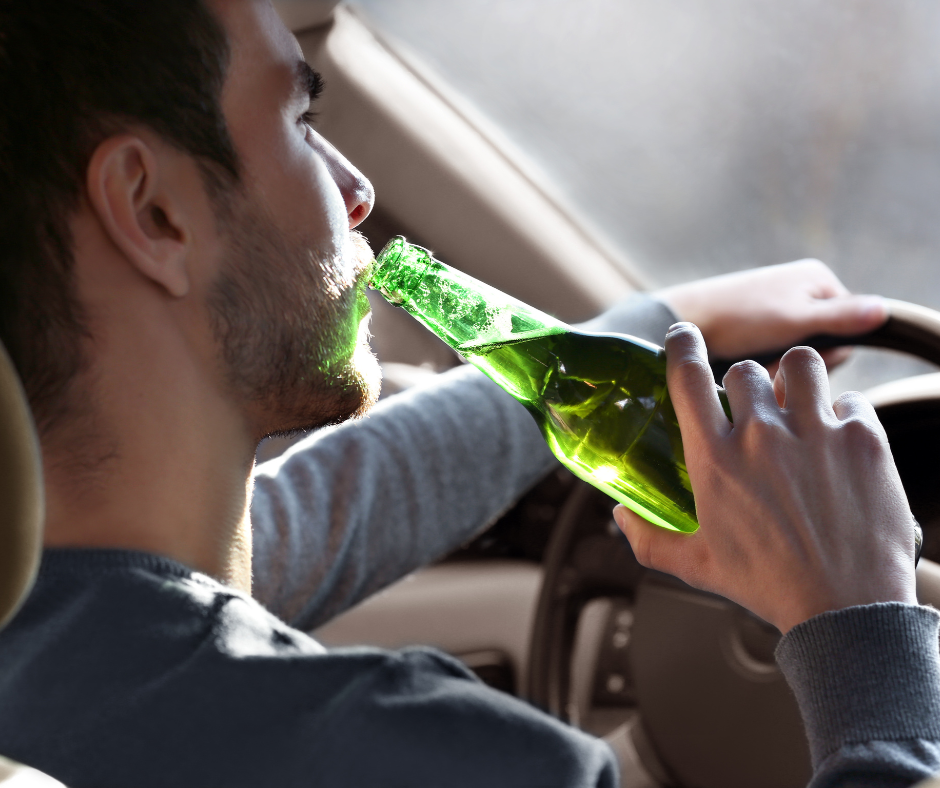
Driving under the influence of alcohol is a serious offense that poses significant risks to the driver, passengers, and others on the road. In India, like many other countries, there are strict regulations in place to ensure road safety and prevent accidents caused by impaired driving. One crucial aspect of these regulations is the establishment of a maximum allowable Blood Alcohol Content (BAC) level for drivers. In this blog, we will explore what BAC is, why it matters, and what the legal limits are for driving in India.
What is Blood Alcohol Content (BAC)?
Blood Alcohol Content (BAC) is a measure of the amount of alcohol present in a person’s bloodstream. It is usually expressed as a percentage, indicating the proportion of alcohol in relation to the total blood volume. BAC is a key factor in determining a person’s level of intoxication, and it directly correlates with the impairments associated with alcohol consumption.
The Impact of Alcohol on Driving:
Alcohol affects the central nervous system, leading to impaired judgment, decreased coordination, and slower reaction times. These effects can significantly compromise a driver’s ability to operate a vehicle safely. Recognizing the potential dangers, governments worldwide, including India, have implemented strict laws to curb drunk driving.
Legal Limits in India:
As of my last knowledge update in January 2022, the permissible BAC limit for drivers in India is 0.03%. This means that if a driver’s BAC exceeds 0.03%, they are considered over the legal limit and can face penalties. It’s important to note that these limits may be subject to change, so it’s crucial to check the latest regulations to ensure accuracy.
Penalties for Violating BAC Limits:
Exceeding the legal BAC limit in India can result in severe consequences. Penalties may include fines, suspension of driving privileges, and even imprisonment, depending on the severity of the offense. The objective is to deter individuals from driving under the influence and promote responsible alcohol consumption.
How BAC is Measured:
Law enforcement officials use breath analyzers or blood tests to measure BAC levels during routine traffic stops or in the event of a suspected DUI. Breath analyzers are commonly employed as they provide a quick and non-invasive method to estimate BAC levels.
Tips to Avoid Drunk Driving:
- Designate a Driver: If you plan to consume alcohol, designate a non-drinking individual to be the designated driver.
- Use Public Transportation: opt for public transportation or ridesharing services to ensure a safe journey home.
- Stay Overnight: If possible, stay overnight at a friend’s place or use accommodation services to avoid driving under the influence.
- Encourage Responsible Drinking: Promote responsible alcohol consumption among friends and family.
Conclusion:
Understanding the legal limits of Blood Alcohol Content is crucial for promoting road safety in India. By adhering to these limits and making responsible choices, individuals can contribute to creating safer roads for everyone. Always stay informed about the latest regulations and remember that the best way to avoid the consequences of drunk driving is to plan ahead and never get behind the wheel if you’ve been drinking. Together, we can make our roads safer and protect lives from the dangers of impaired driving.

 Email :
Email : 





